Mount Kilimanjaro stands tall as Africa’s highest peak and one of the Seven Summits. If you’re from the USA, UK, Australia, Germany—or anywhere else in the world—and thinking about tackling this iconic trek, this blog is your starting point. You’ll find everything in one place: climate, logistics, prep tips, safety advice, local customs, and top FAQs. Kilimanjaro Trek.
Let’s climb into it, step by step.
Overview: What Is the Kilimanjaro Trek?
Mount Kilimanjaro is located in northern Tanzania, East Africa. Rising to nearly 5,895 meters above sea level, it is the tallest free-standing mountain on earth. Despite that, its slopes offer routes for all levels—from moderate hikers to experienced climbers.
It’s famous because you can stand atop Africa and see glaciers, moorland, forest, and alpine deserts—experiencing diverse ecosystems in one trek. No technical climbing gear is needed, but altitude makes it challenging.
Best Time to Visit
Choosing the right time boosts your chance of success:
- January to mid-March: Warm and less crowded.
- June to October: Dry season, stable weather, and high chance of summit success.
- November: Short rainy season—trails are still accessible but wetter.
- Avoid April and May when heavy rains make paths muddy and dangerous.
Ideal months combine mild weather with good trail conditions for the best summit chances.
How to Reach Kilimanjaro
Getting there involves a few steps but is well-serviced:
- By Air: Fly into Kilimanjaro International Airport (JRO), which receives flights from major airports in Europe, Africa, and the Middle East.
- By Road: From nearby towns like Moshi or Arusha, you travel by road to trailheads like Machame or Marangu. Road options include taxis and shuttle buses.
- There’s no train to Kilimanjaro; air travel is the standard.
Entry Fees and Permits
Climbing Kilimanjaro requires several permits and fees:
- Mountain Park Fee: Covers conservation and trail maintenance—typically several hundred USD (subject to change).
- Camping or Hut Fees: Charged per night depending on route and amenities.
- Rescue and Insurance Surcharge: Small fees that fund mountain rescue teams.
- These vary by route and policy changes, so always check the latest pricing.
Food Availability and Meal Options
Proper nutrition is key on this trek:
- At Campsites: Trek organizers usually provide meals—breakfast, lunch, dinner—often featuring international and Tanzanian dishes.
- Tea Houses (Marangu Route): Basic meals available, but portions may be smaller.
- Snacks: Carry energy bars, dried fruit, and nuts to keep energy between meals.
- Water: Boiled or purified water is served at each camp. Drink plenty to avoid altitude sickness. Kilimanjaro Trek.
Packing List and Essentials
Packing smart helps with comfort and safety:
- Hiking boots with ankle support
- Moisture-wicking base layers and warm mid-layers
- Waterproof jacket and pants
- Warm hat, gloves, and sun hat
- Trekking poles (optional but helpful)
- Sleeping bag rated to -10°C or lower
- Headlamp or flashlight with extra batteries
- Sunscreen and sunglasses (UV levels are strong)
- Reusable water bottle and purification method
- Basic first aid kit and altitude medication, if advised
- Trash bag to pack out waste
- Snacks, travel towel, lightweight backpack for daily essentials
Safety Tips and Local Regulations
Safety is critical on Kilimanjaro:
- Acclimatize slowly: Use a route that gains altitude gradually.
- Stay hydrated: Drink at least 3 to 4 liters daily.
- Listen to your body: Turn back if you experience severe altitude sickness.
- Hire guides: Tanzanian regulations require a licensed guide for each team.
- Bring cash: For tips and small purchases at park gates.
- Leave no trace: Pack out all trash and respect the mountain’s natural environment.
Tips for Beginners or First-Time Visitors
If it’s your first high-altitude trek, consider these pointers:
- Do cardiovascular training and long hikes in advance.
- Choose a reputable trekking operator.
- Select a longer route (like Lemosho or Northern Circuit) for gradual ascent.
- Don’t rush the summit day—move at your own pace.
- Go gear-light but bring layers for changing conditions.
- Talk to your guide about signs of altitude illness.
Local Customs and Cultural Etiquette
You may pass through traditional villages or work with local guides:
- Greet locals with “Jambo” or “Habari” (Swahili greetings).
- Ask permission before taking photos of people or homes.
- Carry small gifts for children—like pens or stickers—and hand them respectfully.
- Tipping guides and staff at the end of your trek shows appreciation.
- Dress modestly when visiting towns or villages.
FAQ – High-Search Questions About Kilimanjaro Trek
How many days does it take to climb Kilimanjaro?
- Routes range from 5 to 9 days. Longer routes increase summit success chances.
How difficult is the climb?
- Moderate in terms of terrain—there is no technical climbing—but altitude makes it tough. Good preparation is crucial.
What altitude is the summit?
- Uhuru Peak, the summit, stands at 5,895 meters (19,341 feet).
Are restrooms available?
- Yes. On most routes, there are pit toilets at campsites or huts. Bring toilet paper and a small bag to pack out used paper if required.
How hard is the altitude?
- Thin air can cause headaches, nausea, or dizziness. Proper acclimatization and hydration help.
Do I need a guide?
- Yes. Tanzanian law requires official guides and porters on Kilimanjaro.
Can children climb it?
- Older teens with good fitness levels frequently do. Check with guides about age restrictions and experience. Kilimanjaro Trek.
What’s the success rate?
- Varies by route and trek length, but most well-prepared climbers on longer routes reach the summit.
Is altitude training necessary?
- Not required, but helpful. Spending time at moderate altitudes or using stair training helps.
Conclusion
The Kilimanjaro trek stands as an unforgettable challenge—and rightly so. With careful planning, good gear, and a gradual pace, climbers from across the globe can reach the “roof of Africa.” From selecting the best season to preparing mentally and physically, this guide aims to make that journey clearer and more manageable. Kilimanjaro Trek.
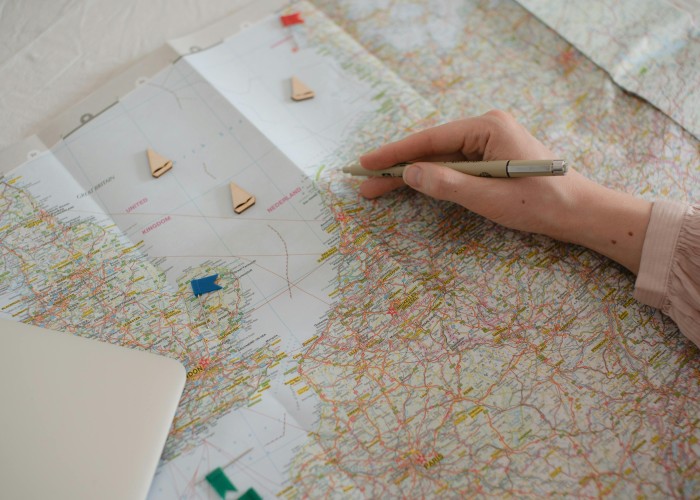
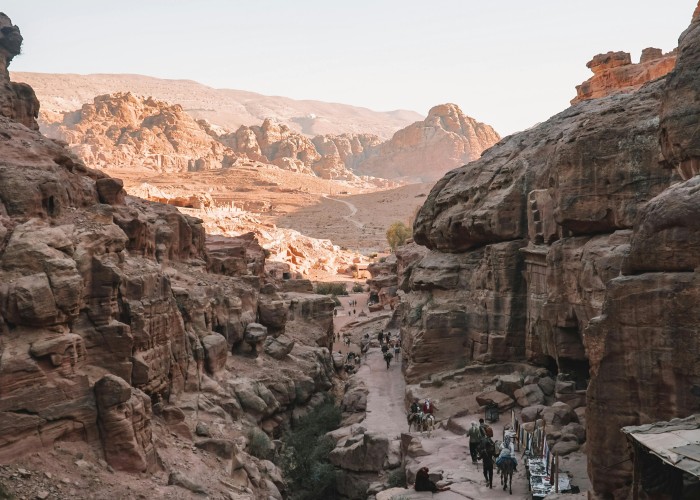
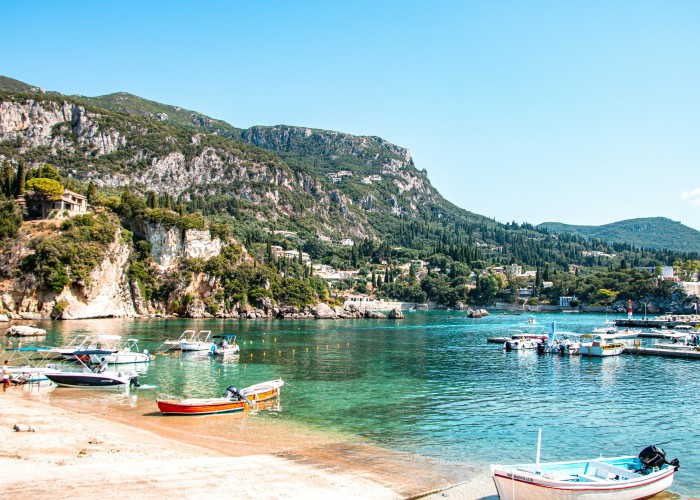
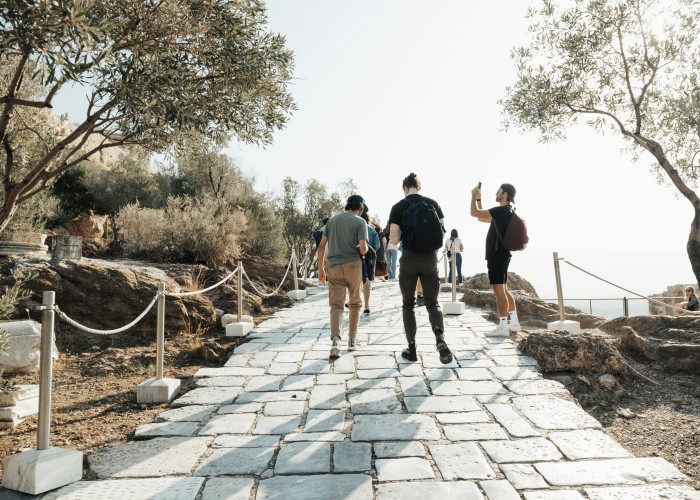
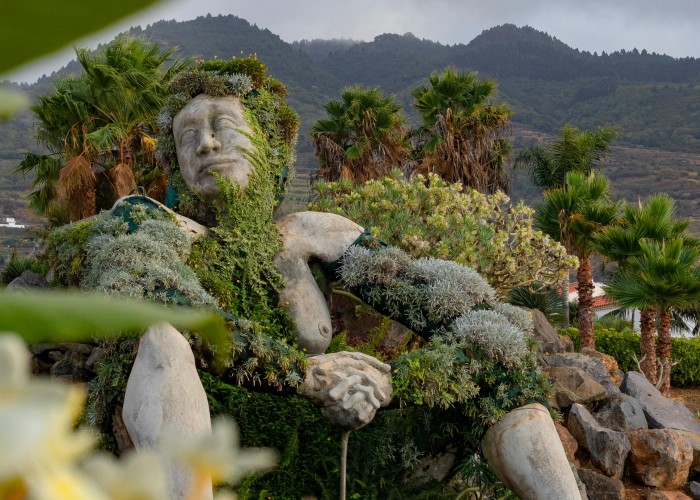
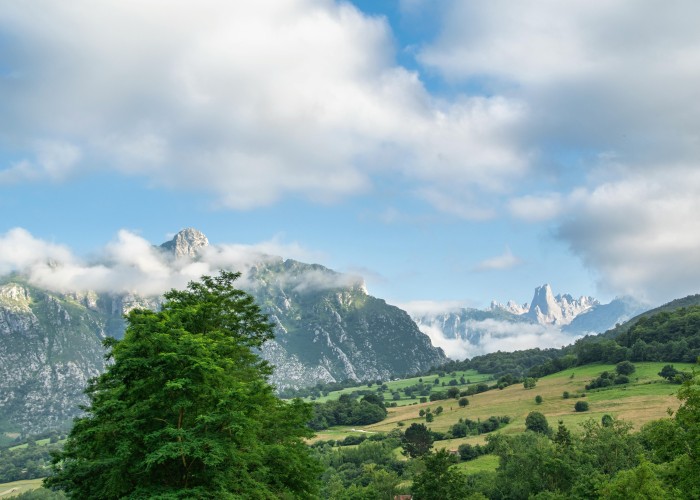
Leave a Reply